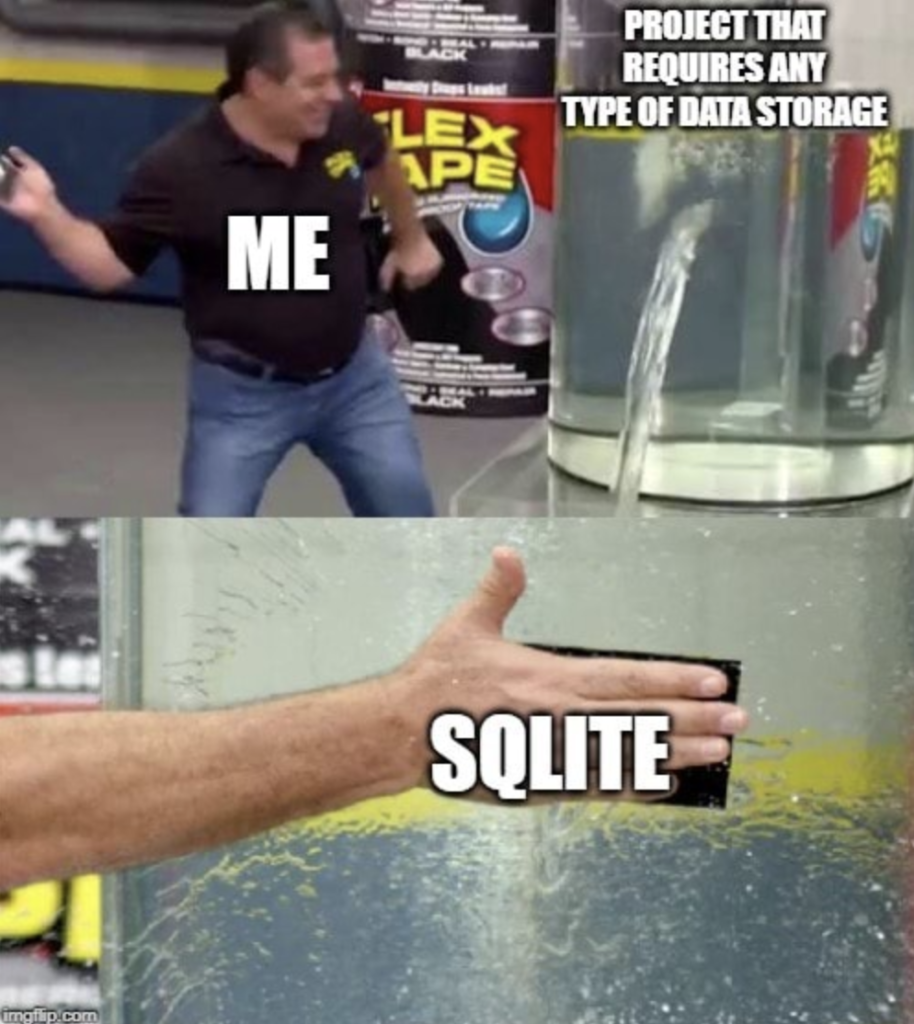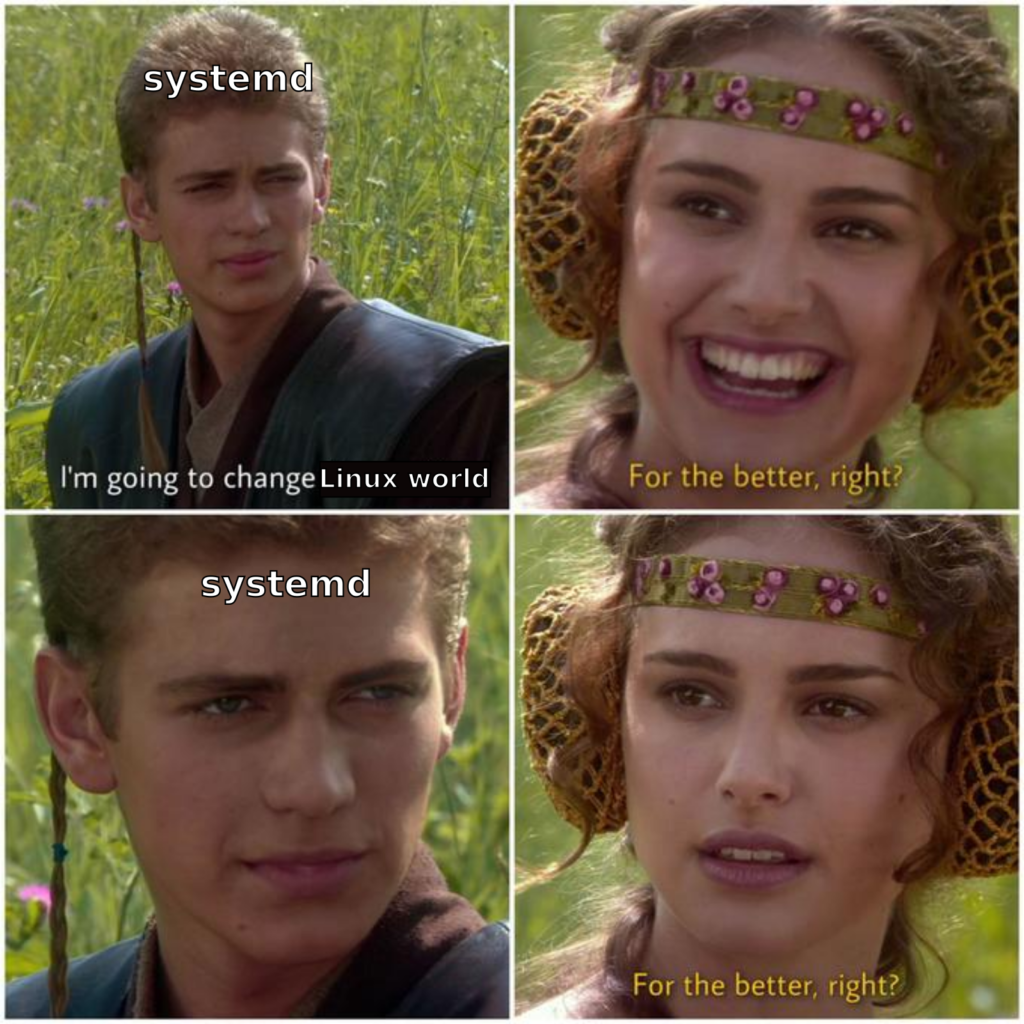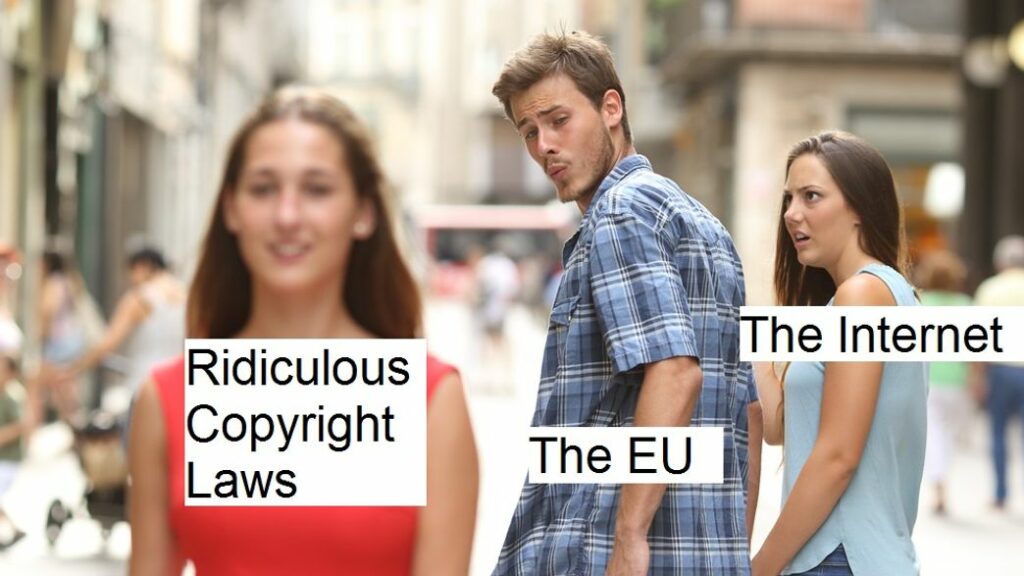Just as last week, one big topic stood out – The Merge – this time, we’ll go through some exciting announcements in the tech world concerning Linux, databases, and ML models. But before all that, a few current world events will unfortunately permeate our Weekly.
1. Why electronic voting is a DESTRUCTIVE idea.
We’ll start referring to world events. If any word (besides “mobilization”) was discussed in all cases in the following week, it was certainly the word “(pseudo)referendum.” One of the related announcements was that in many places where the infrastructure does not allow the whole thing to be conducted stationary (I wonder – what could have happened that it is in such poor condition?…), the “voting” will take place in the online form.

No, dear Doge, there is nothing to get too worked up about here. This discussion takes place regularly, and even in more stable times and systems, the consensus is usually the same – few things are worse for democracy and more prone to fraud than online elections. Why? The issue is so important that I don’t want to be oversimplified here, but I have something better for you. Are you familiar with the Computerphile channel? A couple of years ago, they published a video dedicated to the topic, which makes a good point about the pros (few) and cons (many) of such a form of voting. Therefore, I highly encourage you to watch it.
Are you after? Then we can fly on, to “slightly” more pleasant topics.


2. FileFS – high availability for SQLite
Whoever uses SQLite, hands up! I’ll admit that I liked this database back in the days when I had the pleasure of developing Android apps. It works well (or at least it used to) in the world of mobile apps, as an embedded base for containerized apps, and also for local testing.

I will admit, however, that it never occurred to me to consider it in the context of high availability and distributed systems. It turned out, however, that someone decided to try to go in that direction. Meet LiteFS.
Well, it turns out that there are projects that use (or would like to use) SQLite, but the obstacle that stands in their way is the lack of Disaster Recovery. That’s why the company Fly.io, which enables the deployment of applications as close as possible to the target user’s location, created Litestream – the project being the so-called sidecar. We’re talking about a helper process that taps into the SQLite log and creates a real-time backup to an external system, such as S3 or compatible systems (more on that in a moment).
So far, Litestream has not dealt with transactions, it simply copies the raw SQLite WAL file. That’s why Fly.io has announced its next iteration, called LiteFS. LiteFS can examine and send individual transactions, making it capable of taking an even more atomic approach to SQL changes. Its creators boast that their solution brings embedded databases closer to a point where they practically provide the exact non-functional requirements as databases based on an external server. All that with necessary data replication while maintaining data locality.
And while we’re on the subject of S3, I’m pleased to announce that R2 from CloudFlare has achieved general availability.

If you use Amazon Web Services, you are undoubtedly aware that your final bill consists of many different costs. Amazon charges separately for computing power, separately for disk space, and still separately for data transfer. Especially the latter component can be a big surprise for anyone who doesn’t take care of a proper cache layer between the data placed on, say, S3 and the public Internet. Amazon Object-Storage has a relatively long history of destroying consumers’ wallets.
Cloudflare R2 Storage was designed with edge computing in mind, reportedly reducing outbound bandwidth charges in the cloud to zero. All this while maintaining full compatibility with S3, Amazon Web Service’s Simple Storage Service, at least at the API level. During the beta period, the company gathered over 10,000 users who tried the whole thing and provided feedback on the service.
Despite the recent controversy in the context of Kiwi Farms (which you missed in the Weekly, because I was on vacation, and when I got back it was a bit of a fluke), Cloudflare is going like a storm and it’s been fun to watch the company’s next moves.
Sources
- I’m All-In on Server-Side SQLite
- Introducing LiteFS
- R2 is now Generally Available
- How Cloudflare got Kiwi Farms wrong
3. What’s new in Linux? Is Penguin holding strong?
It’s been about databases, now we’ll look at Linux news because we had a few of them this week.
First, there is the new Gnome 43. I don’t usually write about graphical environments here. Still, I took the liberty of presenting this topic exceptionally because of the main focus of this release. Well, the developers are gradually rewriting the Gnome companion applications to GTK4. I’ve been watching the world of desktop applications with curiosity for some time now, and GTK4 represents to me some kind of glimpse of the old, better(?) times, when applications were nevertheless developed with the idea that the communicator didn’t have to consume all the system’s resources and can share with other applications – how about they too can use some RAM too?.

But perhaps even more exciting news is the changes to the Windows Subsystem for Linux. As a refresher – Windows Subsystem for Linux is the result of a collaboration between Microsoft and Canonical, allowing developers to run the GNU/Linux environment – including most command-line tools and applications – directly on Windows, unchanged, without the overhead of a traditional virtual machine or the need to switch between systems installed on a single computer. The project has evolved considerably since its original announcement a few years ago, and now we’ve seen a rather revolutionary change.
Well, it has finally become possible to run systemd, the service manager for Linux, within WSL. Since systemd runs as the first process of the entire system, this change required quite a bit of redesign of the WSL, which the developers talk about in the video accompanying the announcemnet. As you may have guessed, this step enables far better compatibility with native Linux workflows.

We will close the the news section with the announcement that the Linux Foundation has opened its European branch, based in Belgium. Its goal is to facilitate access to open-source projects for European public organizations and reduce the influence of corporate lobbyists on legislation.

And while we’re on the subject of open-source, this week, quite a bit of buzz was generated by the publication of Entitlement of Open-Source, firmly hooked on the ongoing discussions regarding the so-called “sustainability” of open source. While they usually touch on the financial context, the author of that piece focuses on the psychological burden a toxic community causes. It’s worth exploring even if you’re not an open-source developer – maybe someone will become an (even) better version of themselves as a result of reading it.
Sources
- Gnome 43 Released
- Systemd support is now available in WSL!
- WSL: Partnering with Canonical to support systemd
- Entitlement of Open-Source
- Linux Foundation launches European division

4. Whisper from OpenAI – a new quality for speech recognition systems.
And finally – what would a week be without a new model from OpenAI? The company has accustomed us to announcements and Dall-E not coming off the tongues. Whisper is an different kind of model – it’s aimed at speech recognition. And if the developers are to be believed, it achieves impressive results.
I realize that in a world of ubiquitous voice assistants, things like speech recognition are no longer impressive at the level of image synthesis. But the truth is that for such a Google Assistant to stop being a somewhat frustrating toy (especially for users for whom English is not a native language), it must work almost perfectly.

However, the models are getting better every year, as Whisper shows. Unlike such a Dall-E, it’s available to the public, and you can play with it. Internet is starting to do too – an example is the half-hour video Open AI Whisper – Open Source Translation and Transcription. I have to admit that what I saw is impressive, especially when compared, for example, to YouTube’s already pretty well-working auto-transcription.
The video above also shows that while OpenAI boasts of its understanding of English, but the model supports other languages as well. I’m going to play with the whole thing over the weekend (I’m writing these words on Saturday morning as usual), so there may be an update in the post – I’m very curious to see if I can achieve something interesting for the Polish language. I’ll be sure to show off the results of my results on Twitter my own and Vived, which I encourage you to watch – We plan to give this account a big boost soon, e.g. with such small experiments.
And, of course, you know I describe Whisper so that I can return to Stable Diffusion once again. The model is only a month old and has already caused quite a revolution. How many unique projects have managed to come out is made clear by this Twitter thread, which was tempted to summarize everything that has happened in the last thirty days. As a psychophobe of Studio Ghibli and the film La La Land (I still haven’t forgiven the Academy for that memorable giveaway that I watched live), my favorite is the lovely marriage of the two.
But I assure you that you will find much, much more in the thread.
Sources
- Introducing Whisper
- Open AI Whisper – Open Source Translation and Transcription
- Stable Diffusion 30-days MegaThreads
And have a great weekend! Ahead of me is the aforementioned experiment and Cyberpunk: EdgeRunners – hope I won’t be disappointed 🤟




